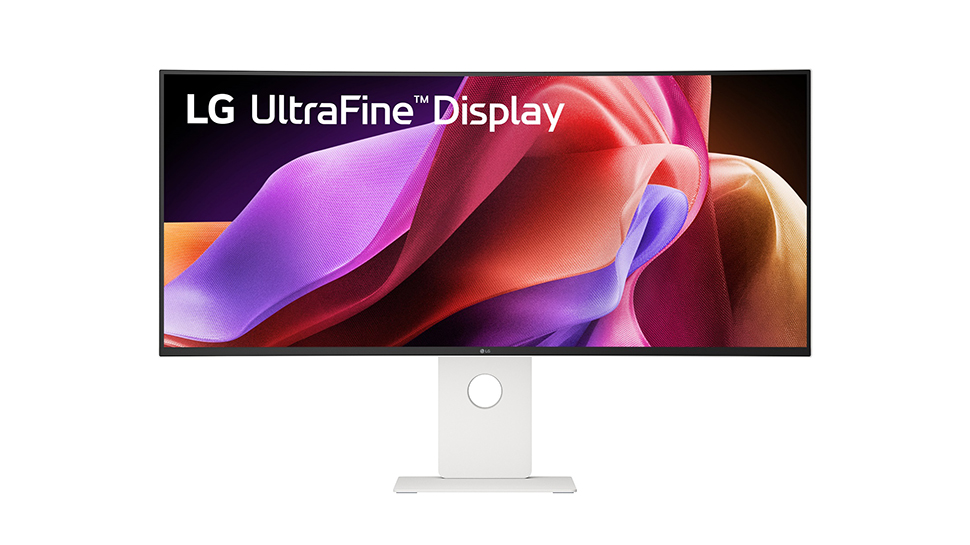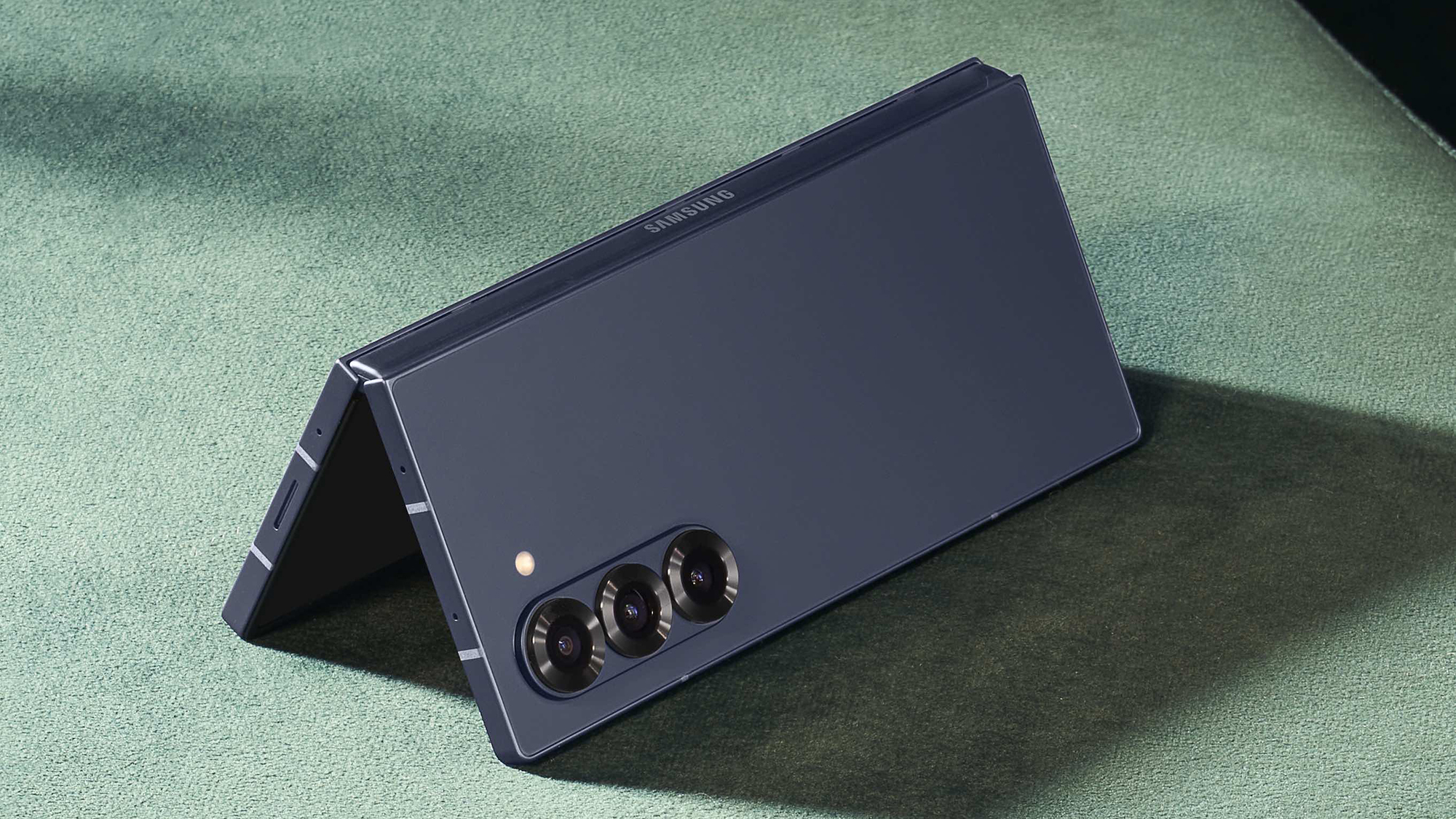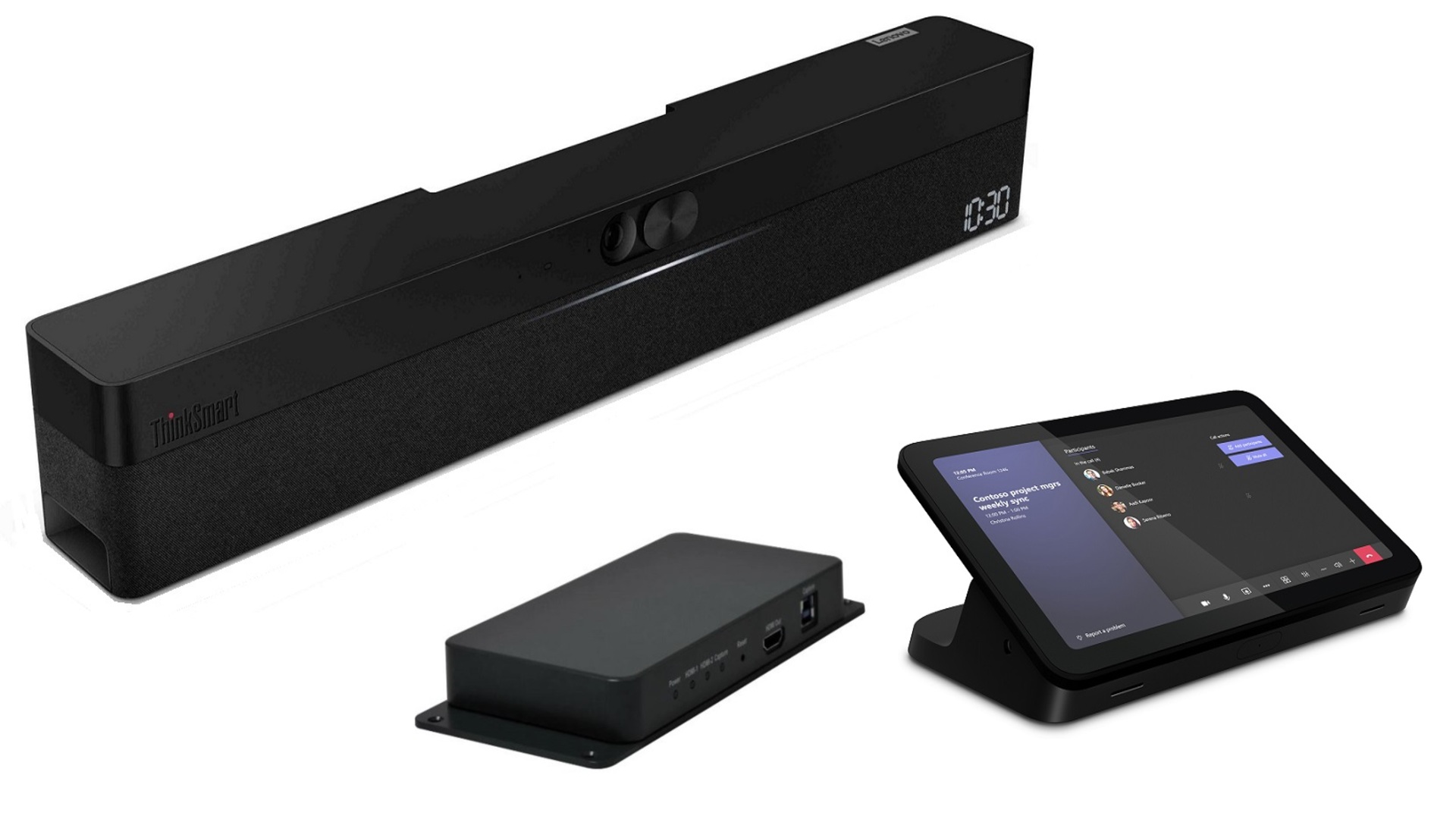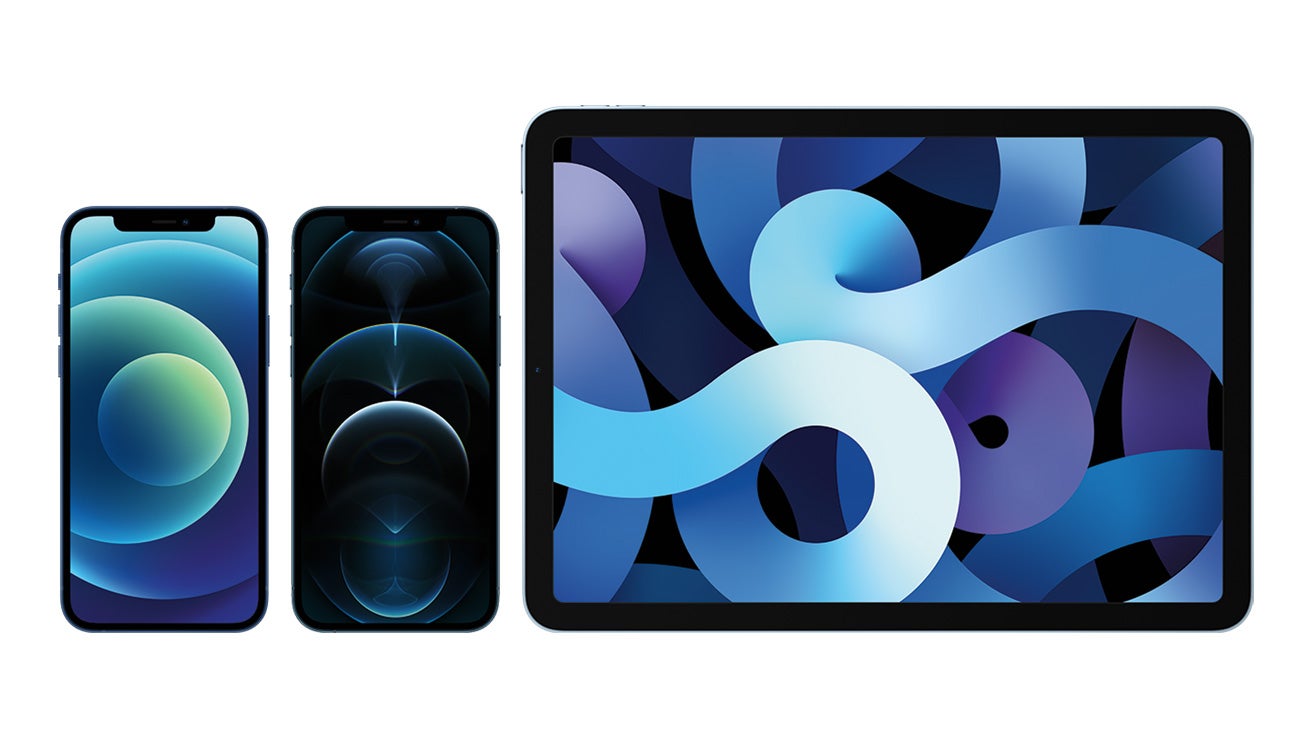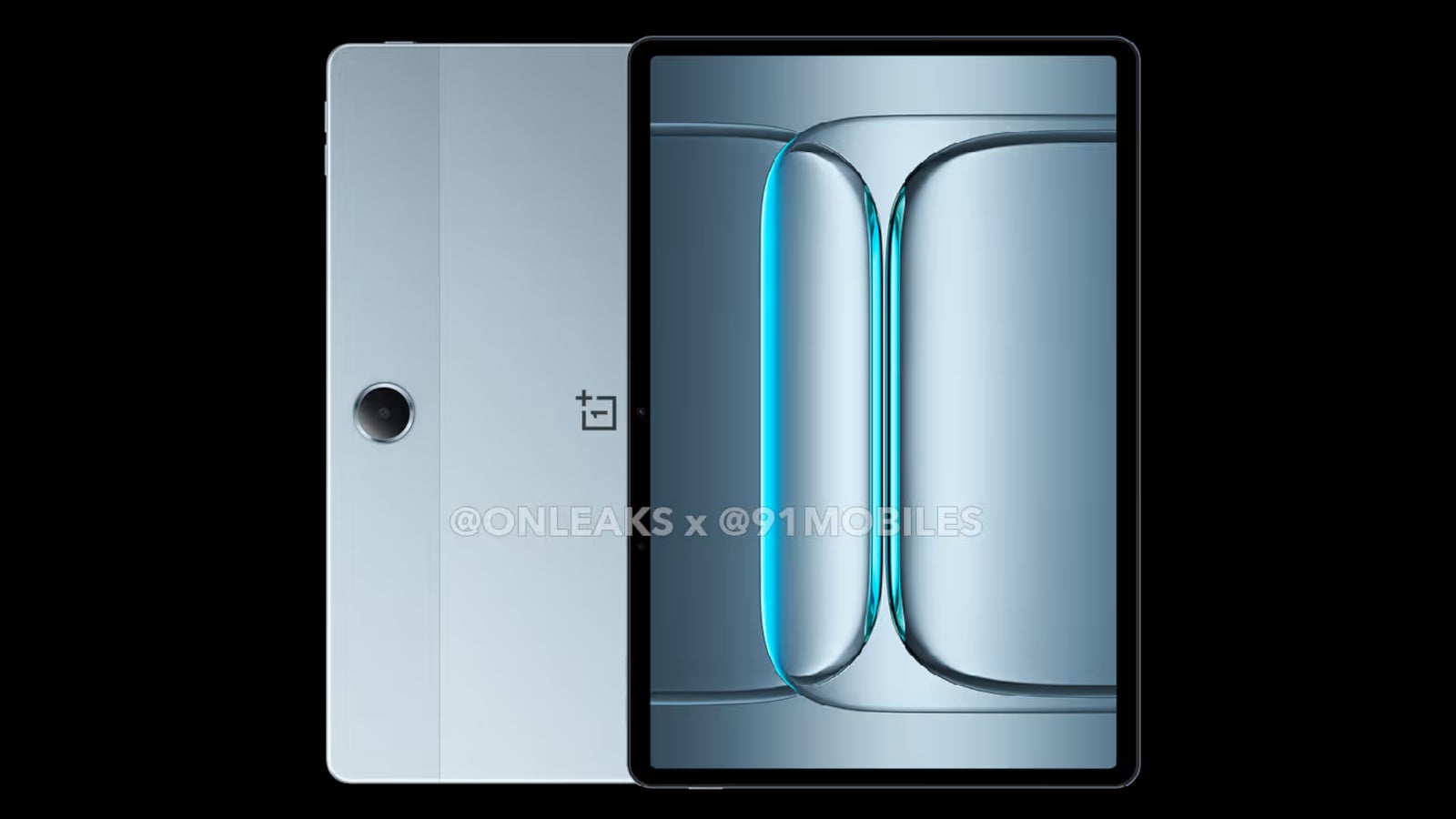Capcom's History Is On Display At Japan's Creation Exhibit, Here's A Look
Capcom is currently holding an exhibition that provides a deep dive into the celebrated Japanese publisher's history that isn't just for Capcom fans but anyone interested in the art of game creation.Held at the Nakanoshima Museum of Art in the company's home city of Osaka, running from March 20 until June 22, 2025, Capcom Creation: Movings Hearts across the globe features a treasure trove of exhibits, including original artwork and legendary design documents, showcasing both the creation and evolution of its most beloved franchises, including Street Fighter, Resident Evil (known as Biohazard in Japan), Monster Hunter, Mega Man, Ace Attorney, and more.Here are some of our highlights from this extraordinary exhibition, which not only covers the timeline of Capcom but breaks down different elements of the art of game creation, such as pixel art, motion capture, and VFX, while also offering some fun interactive exhibits. Character paradeVisitors begin the exhibition walking alongside iconic Capcom characters, whose animated likenesses are projected against a 52-foot-long screen covering the wall from top to bottom. Stay awhile to them all walking in single-file, grouped in their respective series. You might even catch one of them giving a wave to the crowd! The Capcom timelineA hugely comprehensive wall display chronicles Capcom from its founding in 1983 to the present day. What's most interesting is that while it naturally includes highlights from the company--such as its first game, arcade shooter Vulgus--it's done within the context of the wider history of video games, such as the launch of new platforms. Game logosThe exhibition includes plenty of Capcom art but its graphic design for its title logos for arcade and home releases it developed and published are just as iconic, and incidentally the first that you'll see displayed, albeit just for the Japanese versions. How many of these are you familiar with? Evolution of Capcom charactersWith so many iconic characters to choose from, this exhibit can only pluck one representative from each franchise, such as Ryu from Street Fighter. Nonetheless, it offers an interesting way to explore how each character was originally conceived and how their design has evolved over the years, by comparing concept sketches to figurines and final promotional key art. Character costumesOf course, such iconic characters also allow for interpretation from fans, such as cosplay. But an interesting bonus to this exhibit are the original costumes made for stage adaptations of Capcom games produced by the Takarazuka Revue, an all-female musical theater troupe, which include The Great Ace Attorney Chronicles and Sengoku Basara (the latter a PS2 Japanese exclusive as its localization, Devil Kings, replaces all the Japanese and Sengoku references for a more generic fantasy setting). Original key art paintingsYou may be familiar with key on game packaging and posters, but it's extra special when you can admire the original artwork, like acrylic paintings of the different editions of Street Fighter 2. It even makes you appreciate the art for the Western release of Mega Man, which had a very different aesthetic compared to the anime-inspired artwork in Japan, done using animation cells. Being transparent about creating pixel artIts first exhibit showing a look behind the scenes of game creation focuses on pixel art, with particular attention paid to Mega Man's iconic 8-bit look. But the most interesting display is a case study on how developers can use pixel art's limitations to create the illusion of transparency, showing Dhalsim's Yoga Fire in Street Fighter 2 as an example. Interactive exhibit: draw your own pixel artThis also has the first of the interactive exhibits, as you pick from a selection of classic Capcom characters rendered in 8-bit pixel art to see if you can recreate them pixel by pixel using the correct colors within a time limit. After you're finished, you'll be given a rank based on your performance and can even download your handiwork to share. Evolution of game animationUsing Ryu's Hadouken as an example, this display compares how game animation has evolved from the 2D pixel art to the modern 3D era. There's naturally a huge gulf in how things are done, especially when you consider that sprites designers essentially wore the hats of multiple specialties, including animation, modeling, facial modeling and visual effects. Interactive exhibit: making facial expressions as a game characterThis fun exhibit has mirrors that use a type of digitization technology that turns your facial movements and expressions into data. Then just pick from a handful of Capcom characters, from Street Fighter 6's Juri to Resident Evil Village's Lady Dimetrescu, and do your best gurning while the time allows! Interactive exhibit: see how sound effects are madeWhile mostly focusing on visuals, a part of the exhibition does give credit to the Capcom soun


Capcom is currently holding an exhibition that provides a deep dive into the celebrated Japanese publisher's history that isn't just for Capcom fans but anyone interested in the art of game creation.
Held at the Nakanoshima Museum of Art in the company's home city of Osaka, running from March 20 until June 22, 2025, Capcom Creation: Movings Hearts across the globe features a treasure trove of exhibits, including original artwork and legendary design documents, showcasing both the creation and evolution of its most beloved franchises, including Street Fighter, Resident Evil (known as Biohazard in Japan), Monster Hunter, Mega Man, Ace Attorney, and more.
Here are some of our highlights from this extraordinary exhibition, which not only covers the timeline of Capcom but breaks down different elements of the art of game creation, such as pixel art, motion capture, and VFX, while also offering some fun interactive exhibits.
Character parade

Visitors begin the exhibition walking alongside iconic Capcom characters, whose animated likenesses are projected against a 52-foot-long screen covering the wall from top to bottom. Stay awhile to them all walking in single-file, grouped in their respective series. You might even catch one of them giving a wave to the crowd!
The Capcom timeline

A hugely comprehensive wall display chronicles Capcom from its founding in 1983 to the present day. What's most interesting is that while it naturally includes highlights from the company--such as its first game, arcade shooter Vulgus--it's done within the context of the wider history of video games, such as the launch of new platforms.
Game logos

The exhibition includes plenty of Capcom art but its graphic design for its title logos for arcade and home releases it developed and published are just as iconic, and incidentally the first that you'll see displayed, albeit just for the Japanese versions. How many of these are you familiar with?
Evolution of Capcom characters

With so many iconic characters to choose from, this exhibit can only pluck one representative from each franchise, such as Ryu from Street Fighter. Nonetheless, it offers an interesting way to explore how each character was originally conceived and how their design has evolved over the years, by comparing concept sketches to figurines and final promotional key art.
Character costumes

Of course, such iconic characters also allow for interpretation from fans, such as cosplay. But an interesting bonus to this exhibit are the original costumes made for stage adaptations of Capcom games produced by the Takarazuka Revue, an all-female musical theater troupe, which include The Great Ace Attorney Chronicles and Sengoku Basara (the latter a PS2 Japanese exclusive as its localization, Devil Kings, replaces all the Japanese and Sengoku references for a more generic fantasy setting).
Original key art paintings

You may be familiar with key on game packaging and posters, but it's extra special when you can admire the original artwork, like acrylic paintings of the different editions of Street Fighter 2. It even makes you appreciate the art for the Western release of Mega Man, which had a very different aesthetic compared to the anime-inspired artwork in Japan, done using animation cells.
Being transparent about creating pixel art
Its first exhibit showing a look behind the scenes of game creation focuses on pixel art, with particular attention paid to Mega Man's iconic 8-bit look. But the most interesting display is a case study on how developers can use pixel art's limitations to create the illusion of transparency, showing Dhalsim's Yoga Fire in Street Fighter 2 as an example.
Interactive exhibit: draw your own pixel art
This also has the first of the interactive exhibits, as you pick from a selection of classic Capcom characters rendered in 8-bit pixel art to see if you can recreate them pixel by pixel using the correct colors within a time limit. After you're finished, you'll be given a rank based on your performance and can even download your handiwork to share.
Evolution of game animation
Using Ryu's Hadouken as an example, this display compares how game animation has evolved from the 2D pixel art to the modern 3D era. There's naturally a huge gulf in how things are done, especially when you consider that sprites designers essentially wore the hats of multiple specialties, including animation, modeling, facial modeling and visual effects.
Interactive exhibit: making facial expressions as a game character

This fun exhibit has mirrors that use a type of digitization technology that turns your facial movements and expressions into data. Then just pick from a handful of Capcom characters, from Street Fighter 6's Juri to Resident Evil Village's Lady Dimetrescu, and do your best gurning while the time allows!
Interactive exhibit: see how sound effects are made

While mostly focusing on visuals, a part of the exhibition does give credit to the Capcom sound. It includes this interactive exhibit where you can pick from a selection of games and watch a short clip of a game alongside the ways the sound effects are created, from the Somnacanth's Song in Monster Hunter Rise to Jack Baker's terrifying chainsaw in Resident Evil 7.
Using 3D scanning to capture realism

The pursuit of photorealistic graphics usually requires referencing real data, which Capcom has been able to achieve since moving to its incredible RE Engine. This exhibit provides a sample of what a 3D scanning rig looks like. What's interesting is that the team behind Devil May Cry 5 didn't just capture real models' faces but also made custom physical clothing that were then digitally scanned.
Life-size 3D character models

One of the exhibition's highlights is showing the creation of 3D character models with life-sized replicas of Street Fighter 6's Chun-Li and Devil May Cry 5's Dante. You'll find just their blank 3D figures before projection mapping recreates each layer of a 3D model, from its geometry to the detailed textures.
The Capcom manual of sketchy anatomical drawings

Former Capcom artist Akira Yasuda (AKA Akiman) has character design credits including Final Fight, Street Fighter 2 and Power Stone. In the mid-90s, he also created this manual, translated as Sketchy Anatomical Drawings, which has been foundational to many Capcom designers creating characters with iconic Capcom-like anatomy, with meticulous attention paid to muscles and bone structure.
Short film: Saori Yoshida vs Ryu

In a section dedicated to fighting games, this short film made especially for the exhibition, puts legendary Olympic freestyle wrestler Saori Yoshida inside Street Fighter 6 in a match against Ryu. It's pretty short and amusing but also includes a behind-the-scenes look at how her movements and reactions were shot to match her virtual opponent.
Perspectives, impact, and impressions with Resident Evil's camera

While a small Resident Evil-themed exhibit includes an interactive experience we couldn't photograph, it also features a display showing the three different camera perspectives the series has used in its history, including the fixed perspective (referred here as 'objective camera'), and their intended impact on the player experience.
Interactive exhibit: motion capturing iconic poses

The last of the exhibition's interactive exhibits uses motion capture technology to let you recreate some iconic poses as your favorite Capcom characters. For instance, you attempt to point out your arm as Phoenix Wright when he makes an objection, or perform a Hadouken as Ryu.
Legendary design documents

Saving perhaps the best until last, the real treasure of this exhibition is Capcom sharing some of its original design documents for a selection of its games, including arcade platformer SonSon, Monster Hunter, and Street Fighter 2. The latter includes not just the original sketches for stages compared to the final version but also sketches of each world warrior's move-sets in accordance with the inputs.





















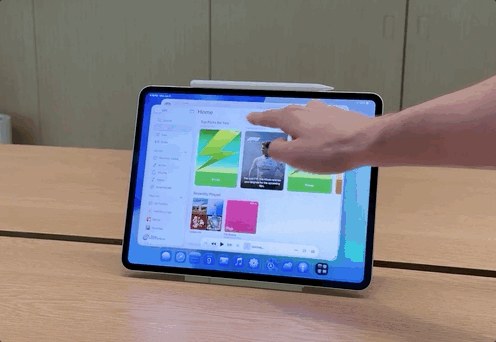

























































































































































![[The AI Show Episode 152]: ChatGPT Connectors, AI-Human Relationships, New AI Job Data, OpenAI Court-Ordered to Keep ChatGPT Logs & WPP’s Large Marketing Model](https://www.marketingaiinstitute.com/hubfs/ep%20152%20cover.png)








































































































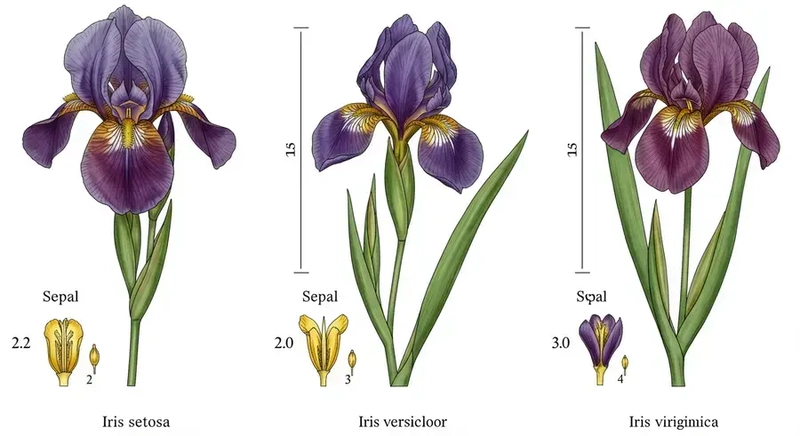











![[FREE EBOOKS] Natural Language Processing with Python, Microsoft 365 Copilot At Work & Four More Best Selling Titles](https://www.javacodegeeks.com/wp-content/uploads/2012/12/jcg-logo.jpg)




















































.jpg?width=1920&height=1920&fit=bounds&quality=70&format=jpg&auto=webp#)




















































































_Andreas_Prott_Alamy.jpg?width=1280&auto=webp&quality=80&disable=upscale#)

_designer491_Alamy.jpg?width=1280&auto=webp&quality=80&disable=upscale#)







































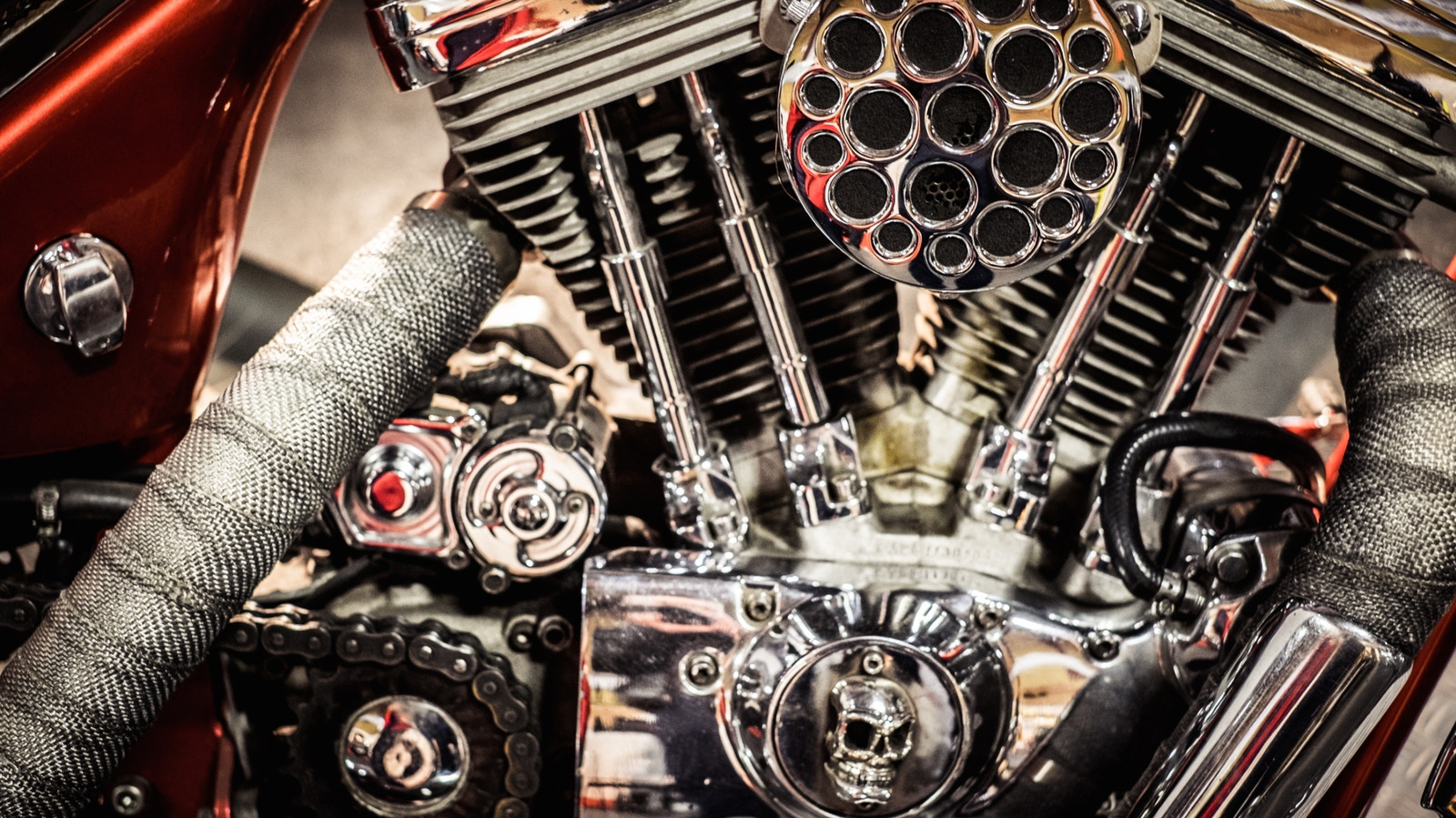


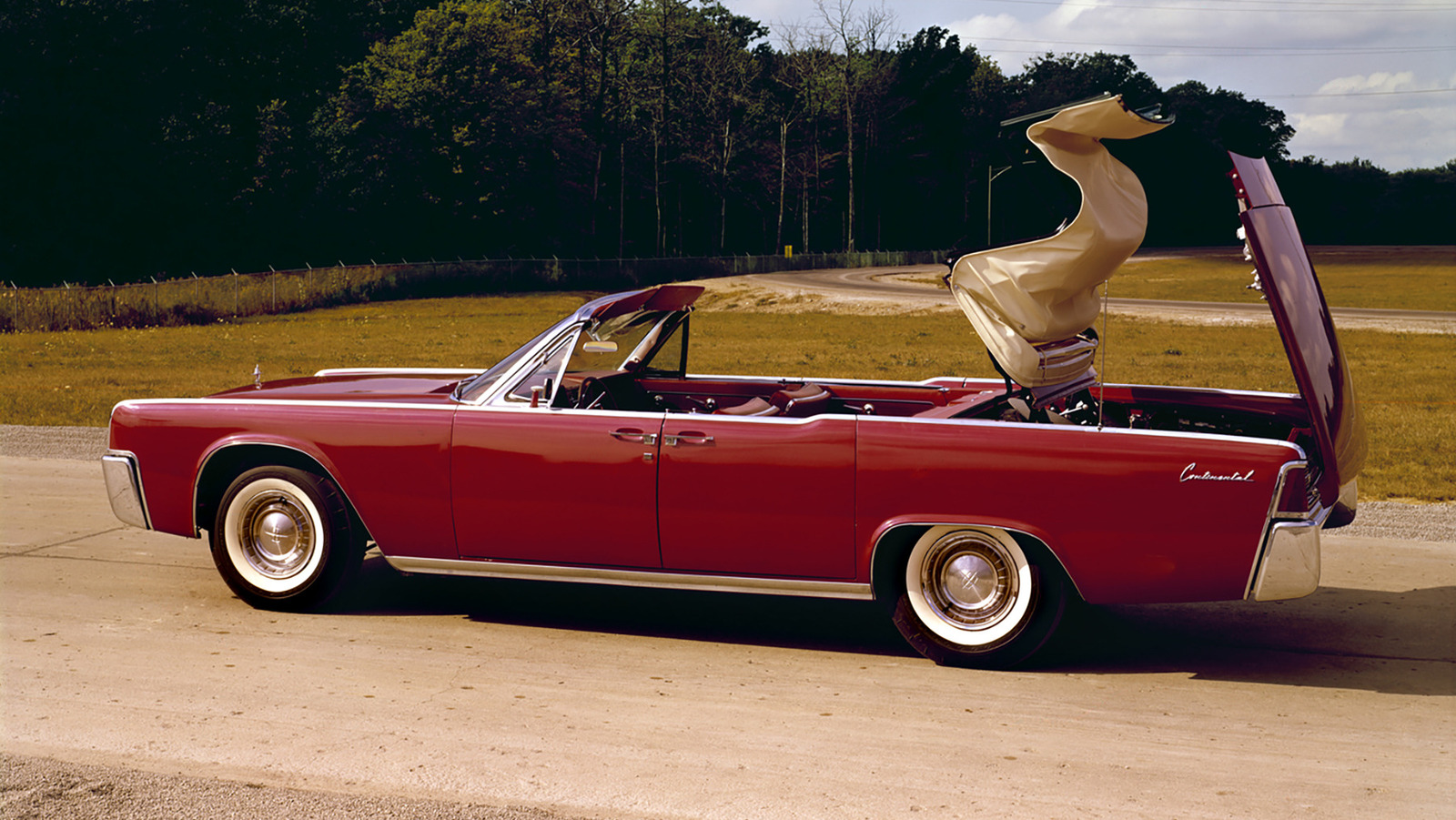







































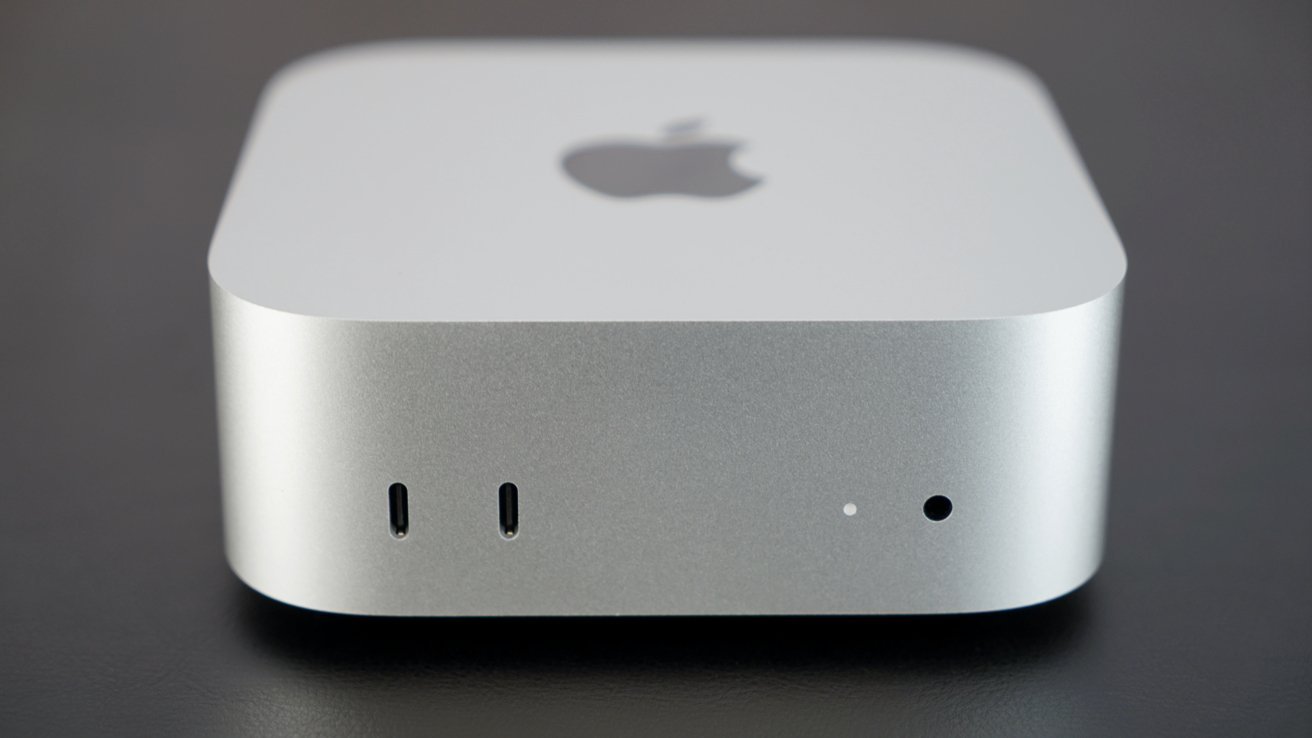








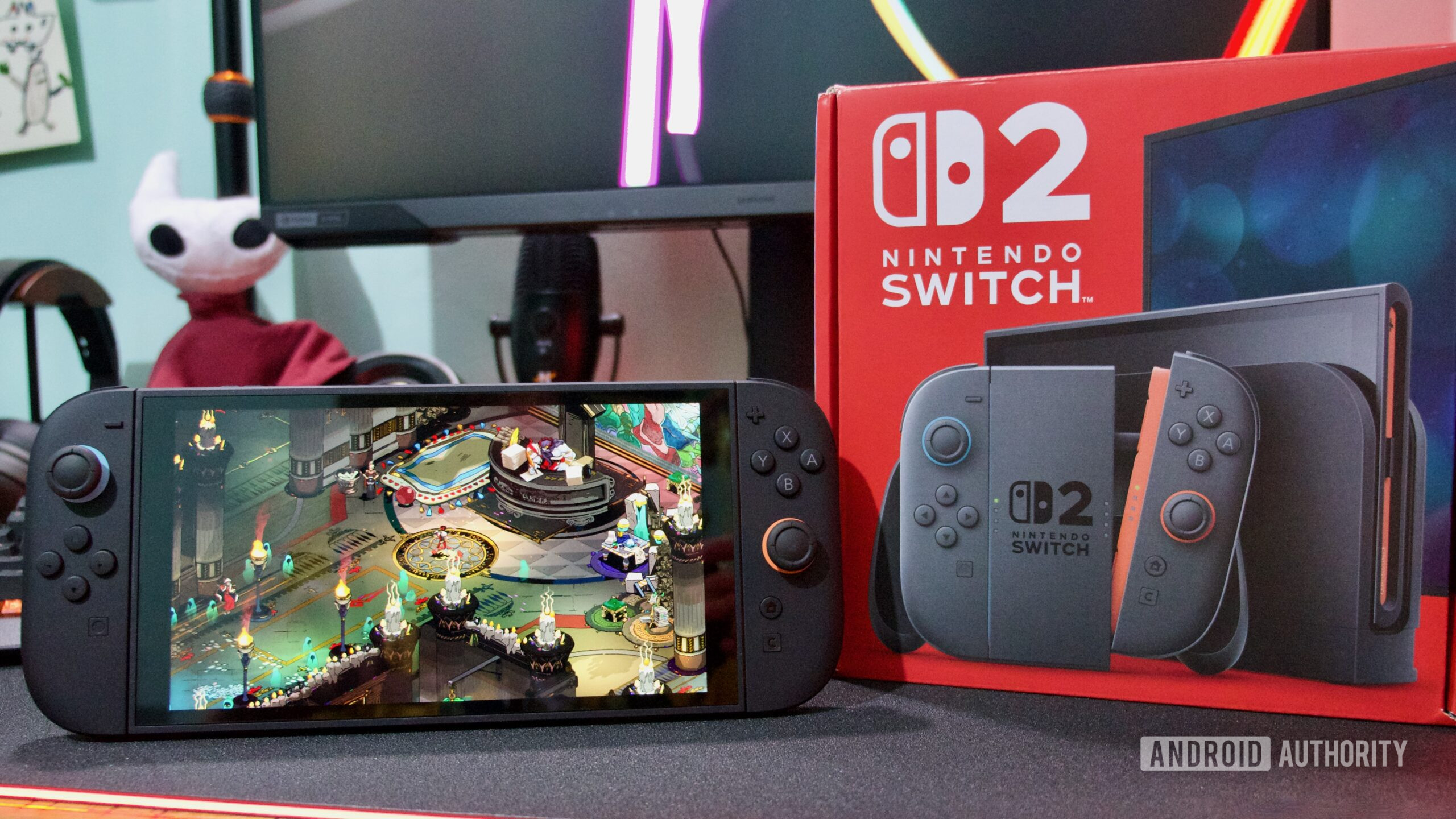






![The new Google TV setup process is impressively fast and easy [Gallery]](https://i0.wp.com/9to5google.com/wp-content/uploads/sites/4/2025/06/Google-TV-logo.jpg?resize=1200%2C628&quality=82&strip=all&ssl=1)

![Apple’s latest CarPlay update revives something Android Auto did right 10 years ago [Gallery]](https://i0.wp.com/9to5google.com/wp-content/uploads/sites/4/2025/06/carplay-live-activities-1.jpg?resize=1200%2C628&quality=82&strip=all&ssl=1)









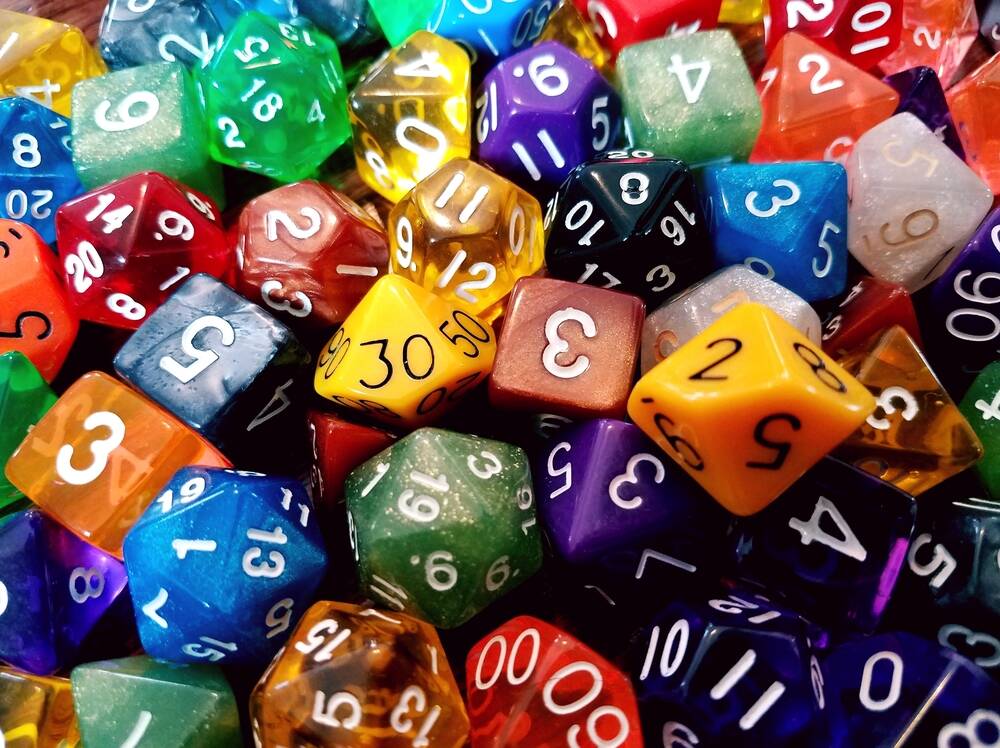




![3DMark Launches Native Benchmark App for macOS [Video]](https://www.iclarified.com/images/news/97603/97603/97603-640.jpg)
![Craig Federighi: Putting macOS on iPad Would 'Lose What Makes iPad iPad' [Video]](https://www.iclarified.com/images/news/97606/97606/97606-640.jpg)
















